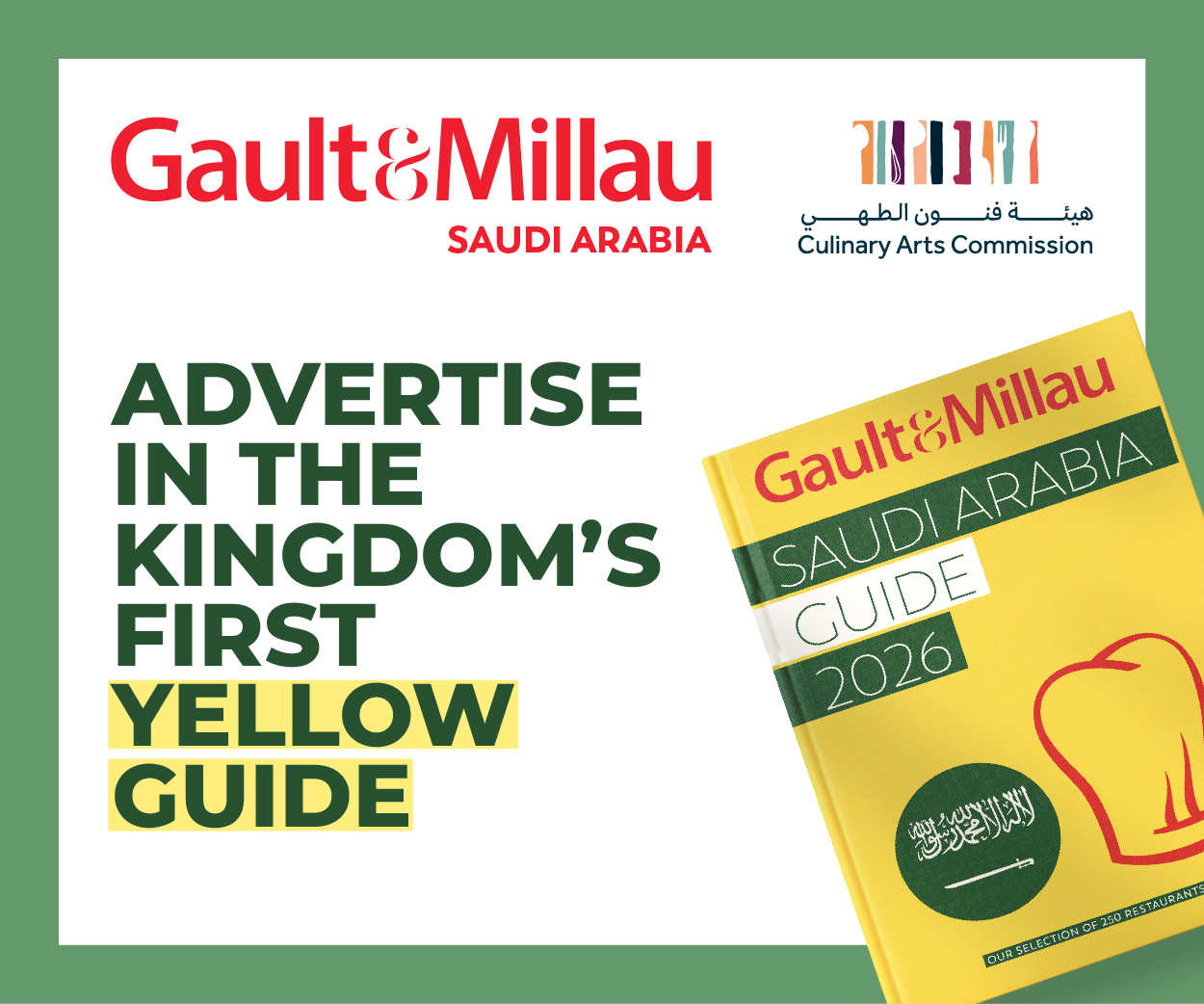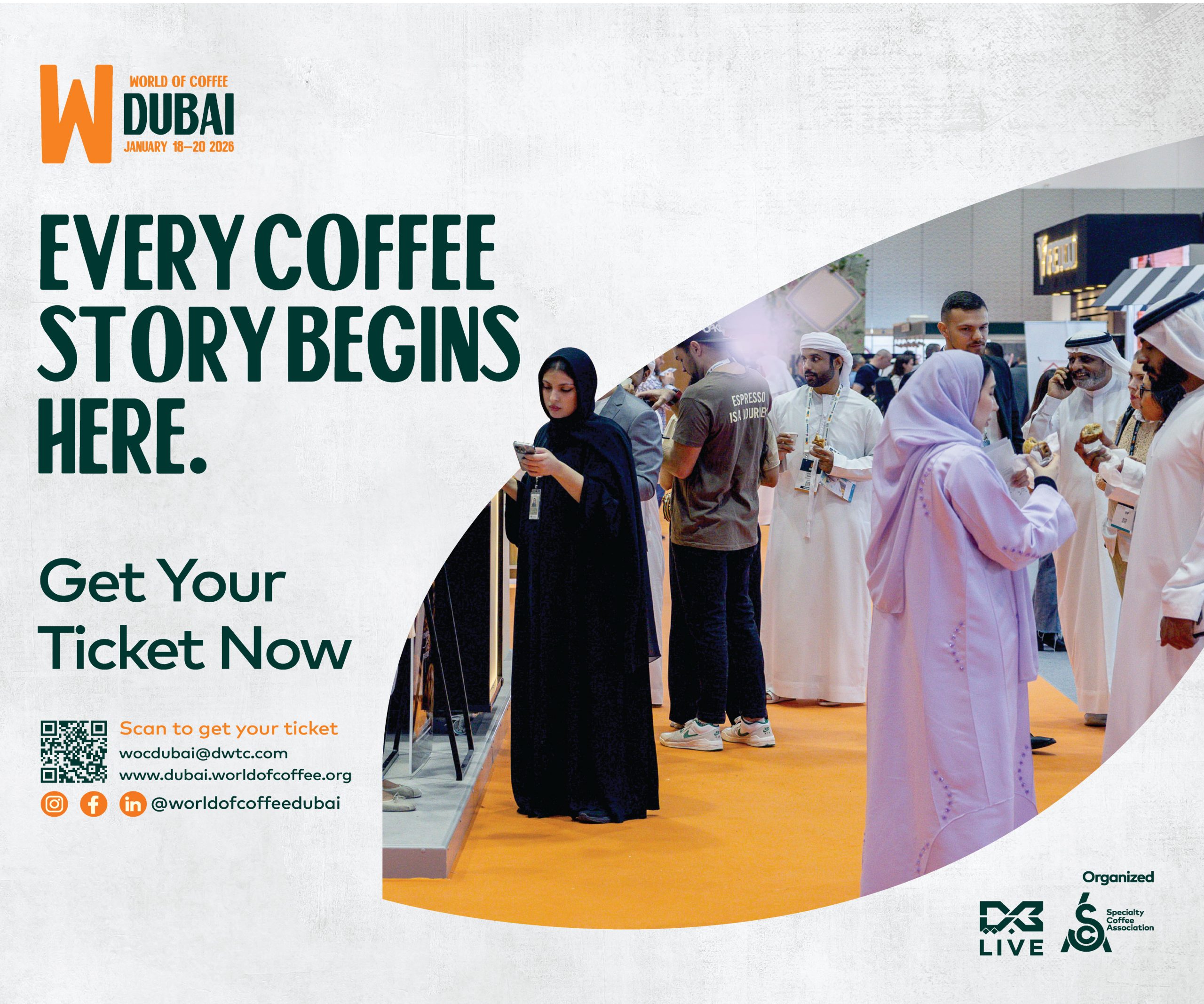Veronika Zakharchuk, head sommelier at Culinary Arts Group, is passionate about creating meaningful guest experiences, nurturing her team’s growth and keeping wine approachable and enjoyable. We delve into her wine philosophy, explore evolving consumer preferences and uncover why, for her, wine is ultimately all about connection.
What aspect of the wine world are you most curious or passionate about right now?
I’m really interested in how climate change is transforming the global wine landscape, not only stylistically but also geographically affecting grape viability. Consequently, regions once considered too cold are now producing impressive wines, while traditional areas must reconsider grape choices and harvest schedules. This shift is both exciting for innovation and concerning for heritage, especially as it challenges long-held assumptions in winemaking traditions. Therefore, I’m particularly curious about how these changes will ultimately reshape the definition and future expression of terroir in wine.
What are the dominant styles or varietals currently gaining momentum in global wine lists and tastings?
I believe there’s a strong balance in wine preferences now, as guests become increasingly open to exploring lesser-known indigenous grape varieties. Moreover, they’re even embracing unique styles like skin-contact whites, which shows a shift toward curiosity and a broader tasting mindset. At the same time, people are returning to the classics, though their approach is more thoughtful and less label-driven than before. Instead of focusing on prestige brands, they care more about the producers, the stories and the authenticity behind every bottle they select. Burgundy, Bordeaux and Champagne still have appeal; however, today’s consumers favor growers, small houses and wines with individuality and character. It’s no longer only about famous or expensive wines; rather, guests are seeking honest expressions that feel personal. Therefore, my goal is curating unexpected wine experiences, introducing bottles that surprise them and spark meaningful conversations around the table. Of course, I’m speaking from a global viewpoint, since Dubai’s market evolves at its own pace, but curiosity here is certainly growing.
How have consumer preferences shifted recently, are people leaning more toward sparkling, rosé, or lighter reds?
I believe consumer preferences have clearly evolved, not toward a single wine style but toward the idea of a complete dining experience. Moreover, guests are no longer just ordering what’s trendy; instead, they seek wines that complement and elevate every part of the meal. When dining from starter to dessert, they’re increasingly open to trying various wines that enhance the flavor of each course. Thus, the focus has shifted toward how wine fits within the larger culinary journey, not just as a standalone choice.
In Dubai specifically, this shift is especially noticeable due to the city’s incredibly diverse, well-traveled population with global expectations and tastes. Many guests here have dined at top restaurants worldwide, arriving with broader perspectives and a deep curiosity for thoughtful pairings. As a result, they’re often the ones driving change and encouraging a richer, more evolved wine culture. With more chef-led concepts, tasting menus and refined dining options, diners are increasingly willing to trust sommeliers for curated pairings. That marks a significant change, it’s less about picking a bottle and more about embracing a guided, well-designed wine experience. Of course, some things remain timeless: rosé, especially crisp and light styles, continues to dominate beachside lunches and relaxed daytime settings. Champagne, too, holds a permanent place in Dubai; it’s more than a trend, it’s part of the everyday luxury lifestyle. What excites me most is how open people are becoming, there’s greater trust, curiosity, and willingness to explore thoughtful wine pairings.
Ultimately, this makes the entire dining experience far more dynamic.
What regions are emerging as surprising new contenders in the premium wine market?
When discussing emerging regions in the premium wine world, I believe much of the momentum is directly linked to climate change. As mentioned earlier, shifting weather patterns are transforming viticulture and opening regions that previously weren’t considered viable for wine production. For instance, Portugal isn’t just about the Douro and Port anymore; it’s producing excellent whites and sparkling wines. Consequently, these new Portuguese expressions are gaining international attention and are worth watching for their precision, freshness and growing reputation. Similarly, the Canary Islands, especially Tenerife, are producing increasingly exciting wines, often made from distinctive indigenous grapes. In addition, China is beginning to show promise; although early, some producers are clearly prioritizing quality and careful vineyard development. This emerging scene in China is still young, but it’s fascinating and a region worth keeping an eye on. Overall, climate change is forcing winemakers to adapt and enabling lesser-known regions to rise and redefine global wine narratives.
For us wine professionals and enthusiasts, this means an exciting opportunity to discover entirely new styles, grapes and terroirs worldwide.













